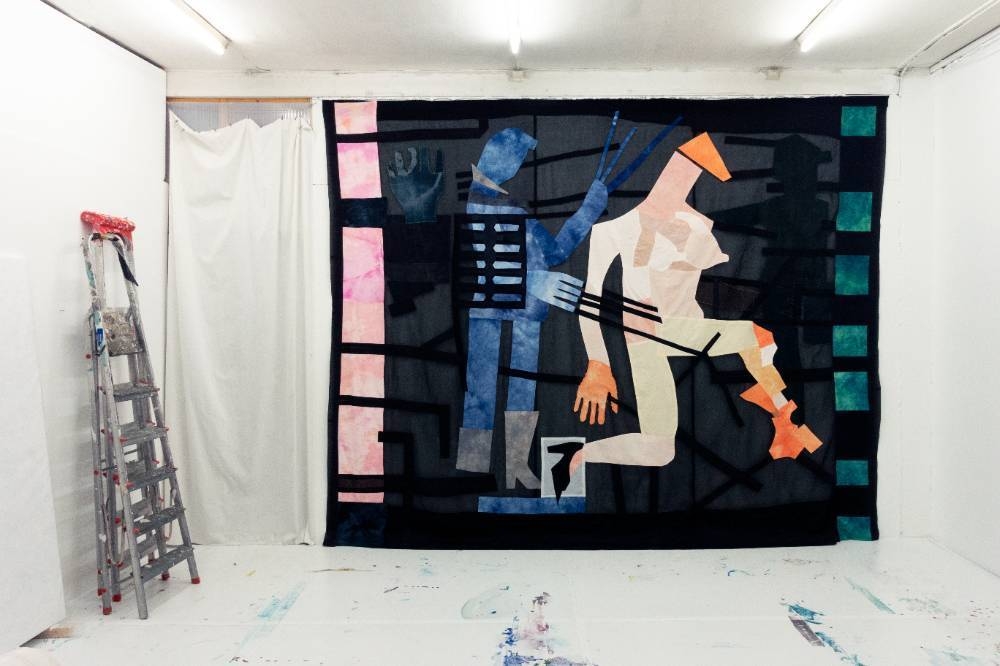For the exhibition in the Vigeland Museum, Storsveen has created three works which together give the exhibition the title Heatwaves. Purely immediately, the word can make us think of climate crisis, but in this context it is about climate on a micro level, more precisely the menopause. It is her own bodily experiences that are at the core of the exhibition's works. In the title work Hetebølgene, Storsveen tries to visualize the personal experiences that heatwaves give, among other things.

Elise Storsveen does not work with houses or factories, but what she shows us is the beginning. Or rather; that which lies before our notion of a beginning. Because everything has a beginning and everything has an end, and something in between.
The work Fødselen measures 9 meters in length and can be seen as a frieze. In this way, Storsveen places itself in the history of art, in a tradition that goes back to the Parthenon frieze. We also know the frieze as a theme from both Edvard Munch and Gustav Vigeland. Munch worked with the Frieze of Life, which is not a frieze as such, but a series of paintings that dealt with life in some of its facets. Vigeland has worked with the same theme, but perhaps less attention is paid to it. On the outside of one of the fountain basins of the Fountain in Frognerparken, there is a band of 60 bronze reliefs showing people in different life situations – there is life and death. Seen in the light of this tradition, Storsveen appears as anti-heroic.
Galerii nimi: The Vigeland Museum
Address: Nobels gate 32, 0268 Oslo, Norway
Opening hours: Tue-Sun 12:00 - 16:00
Open: 03.02.2023 — 14.05.2023
Address: Nobels gate 32, 0268 Oslo, Norway
Opening hours: Tue-Sun 12:00 - 16:00
Open: 03.02.2023 — 14.05.2023